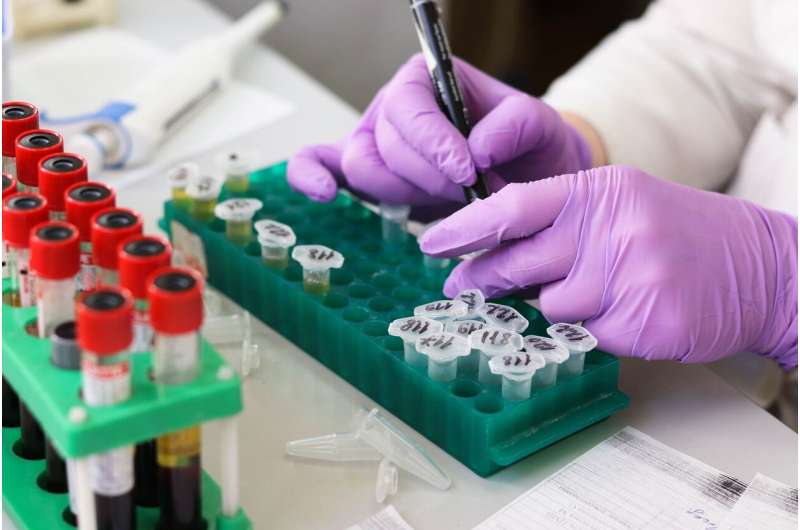
An internship in summer 2018 under the auspices of UdeM’s PREMIER program for excellence in medicine through introduction to research has culminated in the publication of an article in a scientific journal for undergraduate medical student Simonne Harvey-Lavoie. In her internship, she worked as a member of the Engage research team under the supervision of Annie-Claude Labbé, infectious-disease specialist in the University of Montreal’s Department of Microbiology, Infectiology and Immunology, and public-health researcher Gilles Lambert.
Engage is an extensive, Canada-wide study co-directed by Lambert. Its goal is to develop a picture of the sexual health of gay, bisexual, and other men who have sex with men (gbMSM). “We were conducting a sub-project to study extragenital infections due to Chlamydia trachomatis and Neisseria gonorrhoeae and this was the research Simonne worked on,” Labbé explained.
A more accurate picture
Starting with the data collected in the Canada-wide Engage study, the researchers focused on the prevalence of these two sexually transmitted and blood-borne infections (STBBIs) in Montreal’s gbMSM population. “This population is at risk for STBBIs, and it’s important to have more information on the prevalence of these two diseases in the community,” said Harvey-Lavoie. An increase in cases of gonorrhea and chlamydia has been reported throughout Canada. Many cases are asymptomatic, so it is important to improve screening and better understand the behaviors of this at-risk population.
The findings were published in the journal Sexually Transmitted Diseases in December 2021 and Harvey-Lavoie was the lead author. “For a student to succeed in publishing an article based on a summer internship takes a lot of drive,” said Labbé. Harvey-Lavoie threw herself into the project, and she in turn gives credit to her two supervisors: “They were unbelievable mentors. I was so lucky!”
Surprising findings
Until recently, physicians screened for gonorrhea and chlamydia mostly in urine and less often at extragenital sites (pharynx or rectum). Asymptomatic people were rarely tested. But when the researchers analyzed the data from 1,177 Engage study participants in Montreal, they found that most of the infections occurred at extragenital sites. If only urine samples from this population had been analyzed, 80% of the C. trachomatis infections and 94% of the N. gonorrhoeae infections would have gone undetected.
“We were really surprised by these percentages,” Harvey-Lavoie related, despite some early indications that they might be higher than expected. “We had information from the literature and experts’ recommendations, but it was useful to get a picture of what was actually happening in Montreal.”
From research to prevention
The study confirms that it is important to screen for gonorrhea and chlamydia at all three sites. As Harvey-Lavoie noted, “If we miss these infections, that adds to the burden of sexually transmitted infections in this community, and they can lead to some serious complications.”
Harvey-Lavoie hopes the research will be of use to health professionals. “The long-term goal is to change the way screening is done and to determine the site at which we test based on the person’s degree of exposure,” she explained.
Further research is needed to better understand how these infections are transmitted and acquired. “Some models suggest that these bacteria could even be transmitted through a French kiss,” said Harvey-Lavoie. “That needs to be explored because it would make quite a big difference.”
University of Montreal

